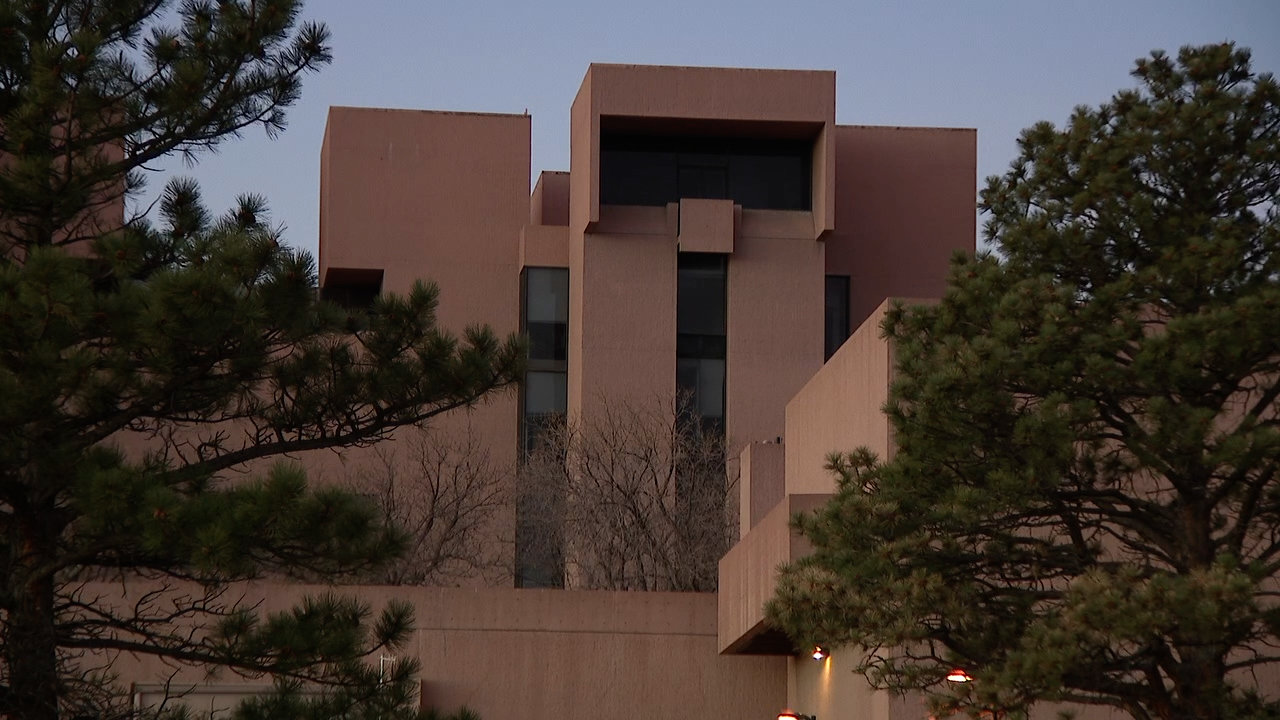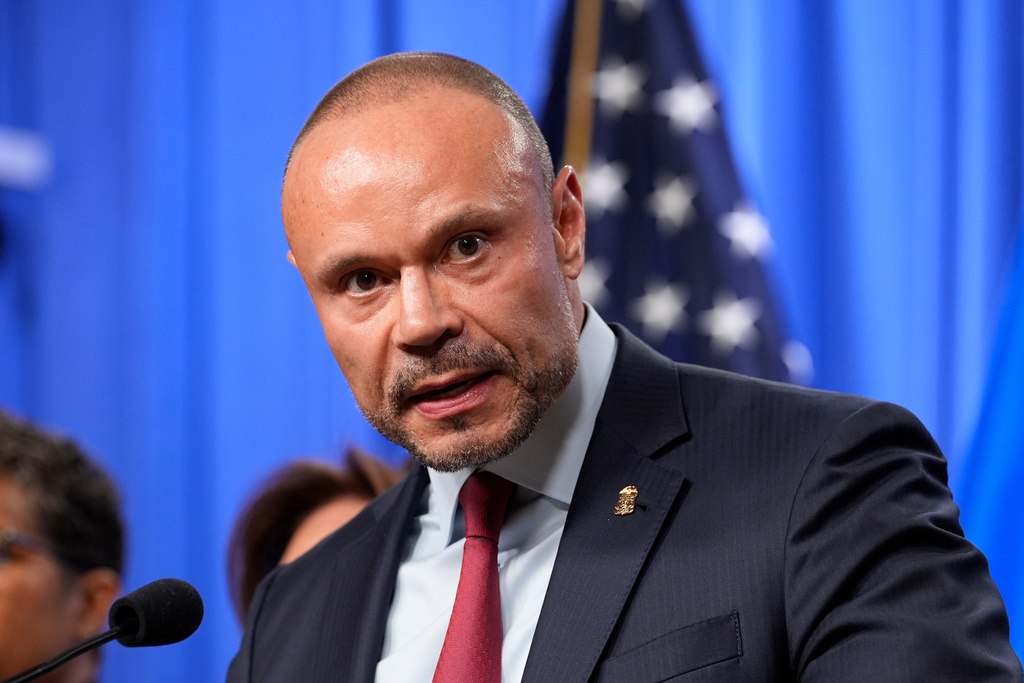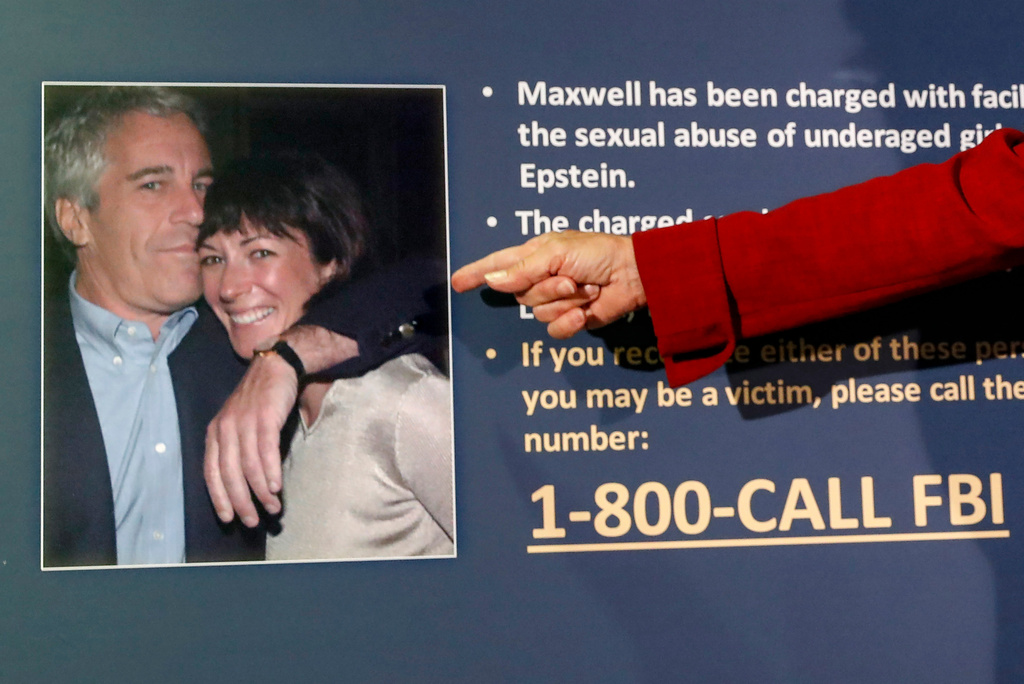Education has never been more expensive.
Today, student loans are the second highest category of consumer debt, second only to mortgage debt.
According to educationdata.org, student loan debt is growing six times faster than the nation's economy.
That's mostly because the cost of college has increased faster than housing, child care, and medical services over the last 20 years.
The cost of a college degree is up by more than 600% since 2000.
Right now, the amount of student loan debt in the United States is about $1.7 trillion.
That's 43 million Americans carrying an average of about $39,000 in student loans.
A pause on repayments of federally-held student loans began in March 2020 when the pandemic began.
That freeze was extended several times by former President Donald Trump and now President Joe Biden. But that pause is set to expire in May.
Calls for some — or all — of that student loan debt to be forgiven have continued.
In his campaign for the White House, then candidate Biden made a promise to wipe out $10,000 of student loan debt for every person.
But the White House now says President Biden will sign legislation to do that—putting the burden on Congress to act first.
Supporters of student loan forgiveness say canceling student loans would stimulate the economy.
They argue without the payments, borrowers would have extra money each month which could be spent or invested.
They could also have more financial freedom to get married, start a family, buy a home, save for retirement, or start a business.
It could also cut inequality because Americans with more generational wealth typically need fewer loans.
But not everyone agrees.
That's because most Americans don't have student loans. Out of about 250 million adults in the U.S., 45 million have student loans – meaning 80% of adults either don't have student loans, didn't attend college, or have already paid off their debt.
And they argue that nearly half of borrowers took out loans for graduate school. Those degrees typically lead to professions with higher salaries, making a borrower better able to pay it back.
Any student loan relief would most likely be a one-time solution. And borrowers who already paid off their student loans would not be reimbursed.
Opponents say colleges should instead focus on lowering costs and Americans should opt for less expensive community or state colleges.
The plan to cancel up to $10,000 of student loans for borrowers would cost about $400 billion, according to Forbes.
The plan to cancel up to $50,000 of student debt would cost one trillion dollars.











